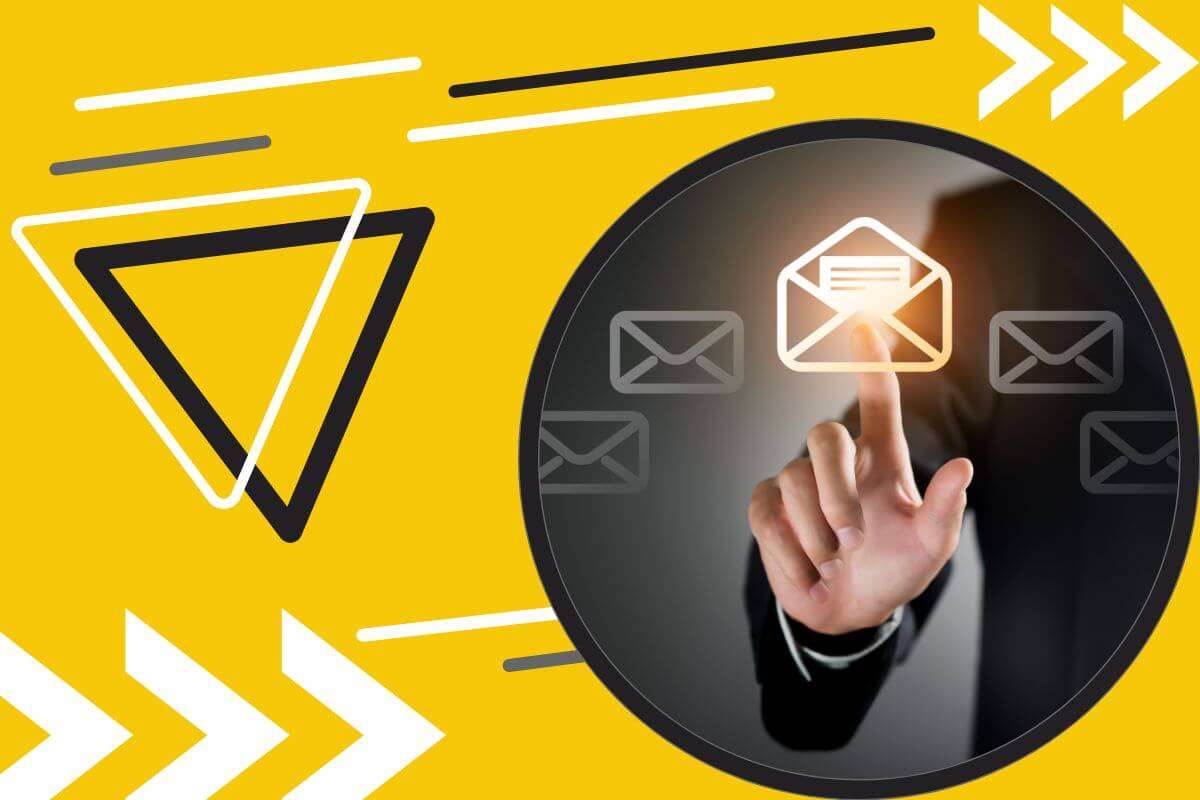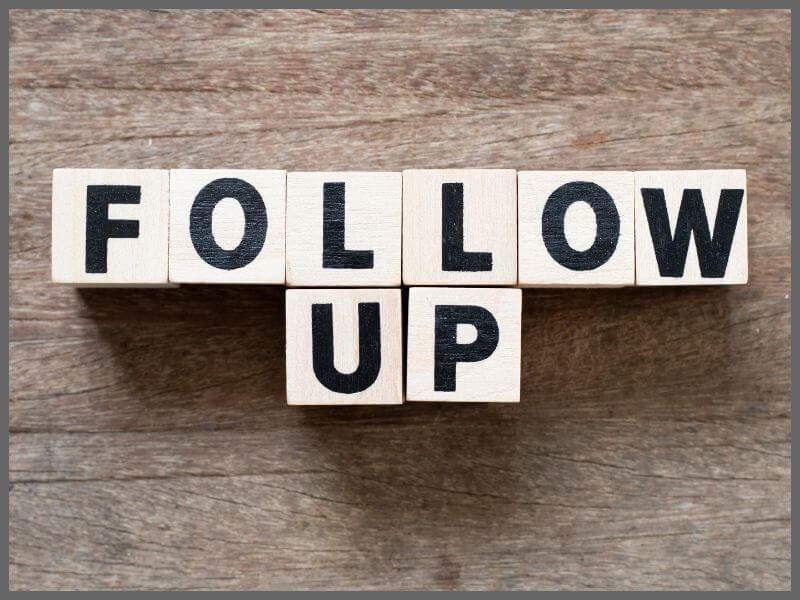
Believe it or not, many people still don't know how to properly write a business email or address the recipient correctly. The first impression is often the most important, and few will give you a second chance after you make a mistake. And there are so many ways you can mess up in correspondence without even realising it.
If you work in a company or wherever you are required to send and respond to emails, regardless of how often you do it, you know how much a wrong tone can impact a professional relationship, often for a long time.
When you open someone’s email, you immediately form an impression of the sender. Is this person professional? Are they worth your attention? Have they crossed an invisible line they shouldn’t have?
You’ve probably read many emails yourself—professional ones, newsletters, sales emails, and even spam—so you know that the first line often sets the tone and your reaction.

The beginning of your email should immediately capture the recipient's attention.
In our eternal search for truth, we found that the average person receives about 120 emails a day. Of course, this number depends on where they're employed, but that's the reported average...
So, which email will be remembered? The one that’s polite, interesting, and hasn’t crossed that fine line with a "dear" in the first contact.
It’s always good to start an email with something relevant to the recipient – it could be a reference to previous communication, mentioning a mutual acquaintance, or simply stating the reason you’re writing directly.
If the recipient is drawn into the topic immediately, they’re more likely to continue reading with interest.
Always strive to personalise your introduction, showing that you’ve put in the effort and thought about your communication rather than using generic phrases that sound like copy-paste.
Some phrases have become so overused that they come off as forced, like "I hope this email finds you well" or "I’m writing in regard to…".
Instead, be specific and focused. Something like, "I know you're used to generic emails – but we prefer a more human approach."
Likewise, try to avoid clichés and make your email engaging.
A formal tone in business emails isn’t just about etiquette; it helps establish and maintain professional boundaries.
In situations where you are communicating with someone for the first time or addressing someone in a higher position, a formal tone is always the best (and only) choice.
So, if we weren’t clear enough – it’s "You" with a capital "Y".
Using the recipient’s name in business emails can contribute to a more personal tone but in moderation.
It’s important to know when it’s appropriate to use someone’s name and when to use a title. If you have a closer relationship with the recipient or the context is informal, first name is a good choice.
An informal tone doesn’t mean you shouldn’t be professional.
It’s still important to be clear and polite and follow basic business communication rules. Try to avoid using too many colloquial expressions or emojis so you maintain a professional impression.
Nowadays, emojis are more acceptable, but of course, they are used in a "professional" and measured dose. And definitely not in the first interaction with someone you’re communicating with for the first time.
In the past, emojis were often frowned upon, but today, after some time, adding a smile or two is seen as normal.
Personalisation is already a powerful tool for boosting engagement.
When a recipient sees that you’ve made an effort to tailor the email specifically to them, when they see their own name, they’ll feel valued and be more inclined to respond.
Personalised emails have a higher open rate and, more importantly, a higher response rate.
So, if you’ve been wondering whether you should personalise your emails – the answer is always yes.
Examples of personalised opening sentences could be: "I hope you enjoyed our conference last week, Marija" or "Ivane, I’m glad we had the chance to discuss your project."
And yes, Marija and Ivan are the most popular Croatian names according to the latest census.
These sentences show that you paid attention to Marija and Ivan as individuals and that you care about further developing the relationship.
Personalised introductions are actually a straightforward way to begin communication, but they have a strong effect on the recipient’s perception.
Summarising key information is a skill you need to learn because it’s incredibly valuable and will improve the effectiveness of your business emails.
One technique is the KISS principle (Keep It Simple, Stupid – or the more polite version, Keep It Super Simple).
This technique, which applies mostly to design but can be used in other areas, reminds you to avoid unnecessary complications.
In communication, KISS means you should use clear and concise sentences that directly convey your message. If possible, use active voice instead of passive to reduce word count and increase clarity.
Also, use bullet points to highlight important details. This kind of content is easier and clearer for the reader. If you present key points in bullet points, the reader can quickly "scan" the email or catch the most important information, such as a task list or key advantages of a product or service.

Sometimes, it’s challenging to avoid providing too much information in an email because, for your business, everything might seem important.
However, once you’ve written the email, remove any unnecessary information and be clear and precise.
Avoid repeating information or including irrelevant details.
Focus on the essentials and always keep the goal of your email in mind.
If the information isn’t directly related to your message or objective, it’s better to leave it out. Make sure every sentence adds value to the reader.
Before you write “Best regards” and finish your email, clearly state what you expect from the recipient.
A call to action (CTA) can be as simple as “Please get back to me by Friday” or more detailed, such as “I would be happy to schedule a meeting next week to discuss the details.”
Or even better – include a link to your calendar with “Book a time that works for you.”
A CTA is a tool that guides the communication toward your desired outcome, making it clear to the recipient what the next step is.
And if possible, avoid ending your email with “Best regards.” Instead, use phrases like “Thank you for your time and attention.”
This shows that you value the recipient’s time and effort and encourages further communication.
Closing statements should be positive and motivating, leaving a good impression at the end of your email.
And one more thing – before you send the email, read it again. Is this an email you would want to receive or read yourself?
Be sure to check the grammar, as it’s easy to miss a typo or unclear sentence when you’re familiar with the content. If you can’t proofread the email yourself, know that most email platforms have built-in spell and grammar checks. If you need extra help, you can use tools like Grammarly and QuillBot.
However, don’t rely entirely on technology – human proofreading is still irreplaceable. Simply ask a colleague to read the email and point out anything you’ve missed or included unnecessarily.

After you've sent your email, we assume you'd like to receive a response.
If you haven’t received a reply to an important email, send a polite reminder, also known as a follow-up, after a few days.
In a follow-up email, you can write something like, "I just wanted to check if you’ve had a chance to review my previous email."
This shows that you’re interested and engaged but without being pushy. Try not to wait too long to send the follow-up to maintain momentum.
If you still don’t get a response or suspect that your email didn’t reach the recipient, check for errors in the address or possible technical issues.
You can also use the option to request a read receipt, but keep in mind that people often find this feature too invasive.
If it’s truly important communication, it may be best to follow up with a phone call or use a CRM system that notifies you when the recipient has opened your email.

Every word you write, your chosen tone, and how you structure your sentences sends a message about you—long before people meet you in person.
A mistake in your tone or addressing the recipient incorrectly can do one thing only—ruin an opportunity you never even had.
But a carefully crafted email, with a clear message, personalised details, and a professional conclusion, can open many doors.
In the end, business relationships, like any other relationships, are built on trust and mutual respect.
Your email could be the first step in creating that foundation but don’t rush it.
Double-check if your email is precisely how you would want to receive it, open it (and read it), and be clear, polite, and goal-oriented.
And remember—a good email doesn’t end with "Best regards" but with the feeling that you’ve accomplished something meaningful, whether it's solving a problem, starting a new business, or simply leaving the impression that you’re someone who can be relied upon.
What’s the difference between an average email that no one will open and an excellent one?
The details.
Need help sending emails, managing mailing lists, or even with your newsletter?
Contact us, and we’ll help you craft an email that will have the best open rate ever.